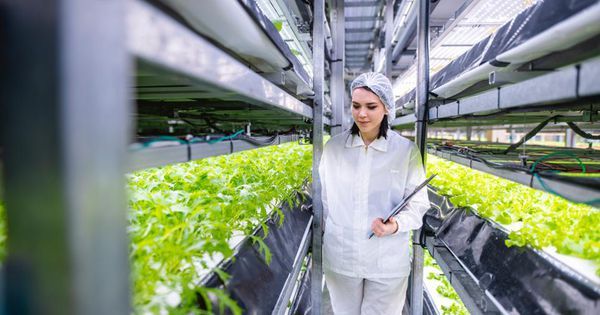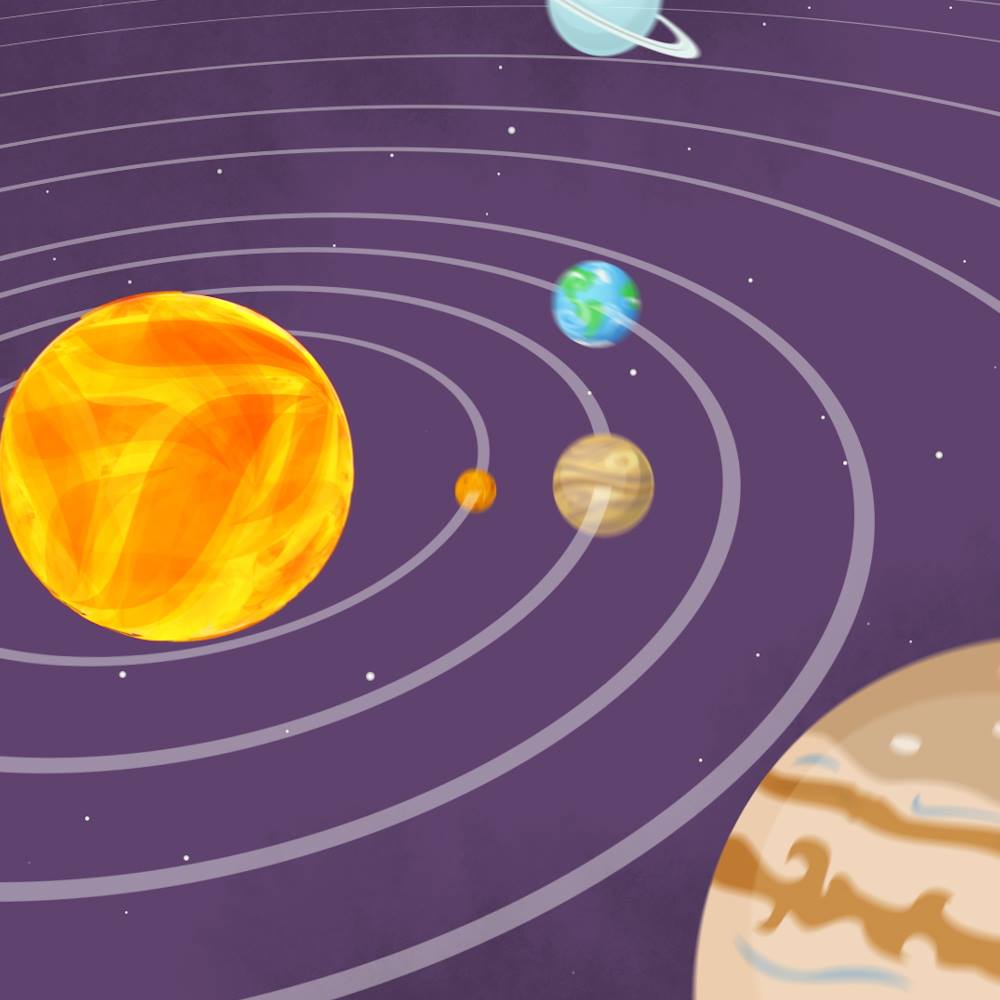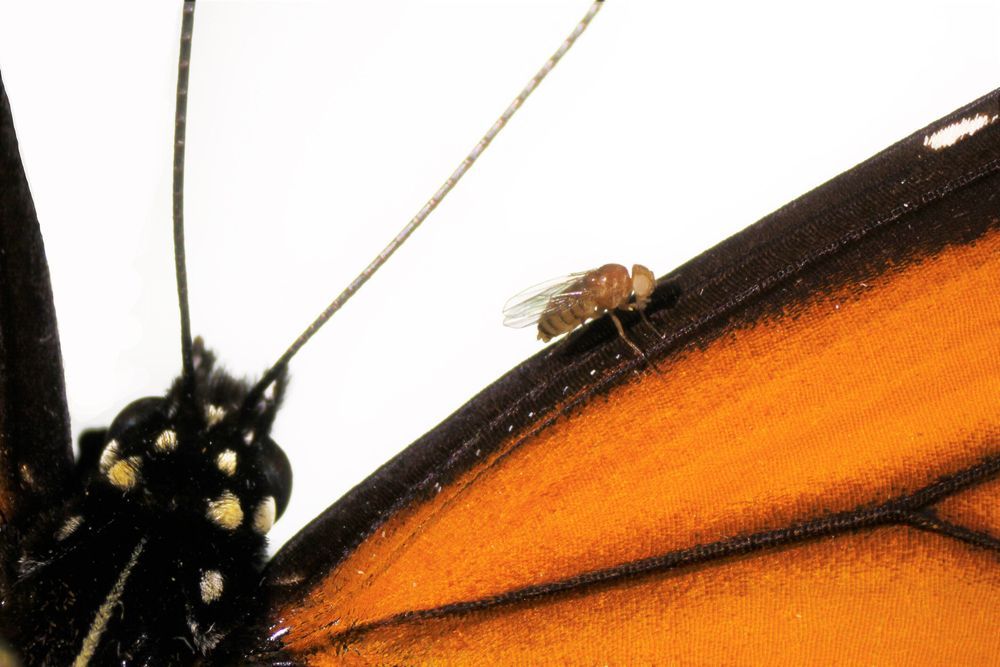Page 7370
Oct 2, 2019
CRISPR Gene-Editing May Offer Path To Cure For HIV, First Published Report Shows
Posted by Quinn Sena in categories: biotech/medical, genetics, health
CRISPR Gene-Editing Shows Promise As HIV Cure, Research Shows : Shots — Health News Researchers safely used CRISPR gene-editing techniques in a patient with HIV. The research provides evidence the approach may be promising for treating HIV infection.
Oct 2, 2019
Black Holes As We Know Them May Not Exist
Posted by Paul Battista in category: cosmology
Oct 2, 2019
The Bio-Belt: Growing The Future In Rural America
Posted by Klaus Baldauf in categories: biotech/medical, economics, education, employment, sustainability
Despite this economic pressure, rural America remains one of our nation’s most fertile regions, and recent advances in biotechnology are making it easier than ever to sustainably grow new kinds of valuable goods, from biopharmaceuticals to biomaterials. With the right strategic investments, rural America could see a biotech “bloom.”
I propose a Bio-Belt stretching through middle America to bring new skills and high-paying jobs to communities that desperately need them. This initiative would bolster investment in biotechnology training, education, infrastructure and entrepreneurship in rural areas in order to develop new, sustainable sources of income.
The Bio-Belt is about much more than biofuel. Fermentation is an increasingly powerful force for converting sugar and other forms of biomass into value-added goods—all through the rational design of cells that can be sustainably grown wherever land is abundant.
Oct 2, 2019
5 Beginner Friendly Steps to Learn Machine Learning and Data Science with Python
Posted by Omuterema Akhahenda in categories: robotics/AI, science

Thinking of #Upskilling? Check this out: If you want to learn machine learning and artificial intelligence, start here:
Two years ago, I started learning machine learning online on my own. I shared my journey through YouTube and my blog. I had no idea what I was doing. I’d never coded before but decided I wanted to learn machine learning.
Oct 2, 2019
The terrifying way our universe will end — and when
Posted by Alberto Lao in category: futurism
Oct 2, 2019
Scientists recreate in flies the mutations that let monarch butterfly eat toxic milkweed with impunity
Posted by Quinn Sena in categories: bioengineering, biotech/medical, food, genetics, health
The fruit flies in Noah Whiteman’s lab may be hazardous to your health.
Whiteman and his University of California, Berkeley, colleagues have turned perfectly palatable fruit flies—palatable, at least, to frogs and birds—into potentially poisonous prey that may cause anything that eats them to puke. In large enough quantities, the flies likely would make a human puke, too, much like the emetic effect of ipecac syrup.
That’s because the team genetically engineered the flies, using CRISPR-Cas9 gene editing, to be able to eat milkweed without dying and to sequester its toxins, just as America’s most beloved butterfly, the monarch, does to deter predators.

Official video for possibly maybe by björk.
directed by stéphane sednaoui
written by björk/nellee hooper/ marius de vries.
® 1996 BjörkOverseas Ltd/One Little Indian Records Ltd.
Oct 2, 2019
Astronomers have their best solution yet to the mysterious alien megastructure star
Posted by Quinn Sena in category: alien life
Scientists have a new explanation for Tabby’s Star’s mysterious dimming. Rather than an alien megastructure, a dying icy moon might be to blame.
Oct 2, 2019
Scientists unravel mystery of the jellyfish’s “superpower” ability to regenerate body parts
Posted by Quinn Sena in category: biotech/medical
Scientists have unraveled the biological mechanisms behind what they describe as the extraordinary “superpower” ability of jellyfish to regenerate body parts.
Jellyfish are primitive animals which evolved in the oceans around 600 million years ago. Part of the reason for their evolutionary success is that some species are able to grow back tissue that has been lost—a trait that is rare in the animal kingdom.
To learn more about this poorly understood ability, a team of researchers from Tohoku University in Japan investigated the biology of a jellyfish species known as Cladonema pacificum—which has tentacles that spread out like tree branches—for a study published in the journal PeerJ.
















